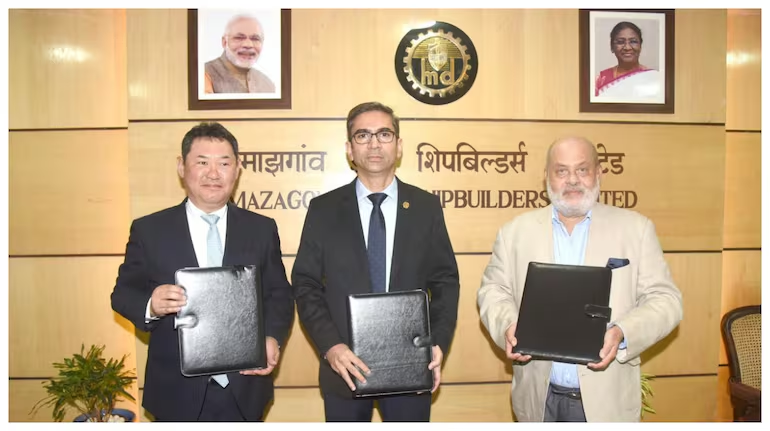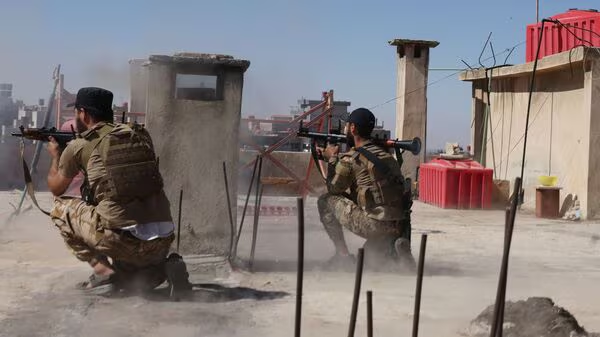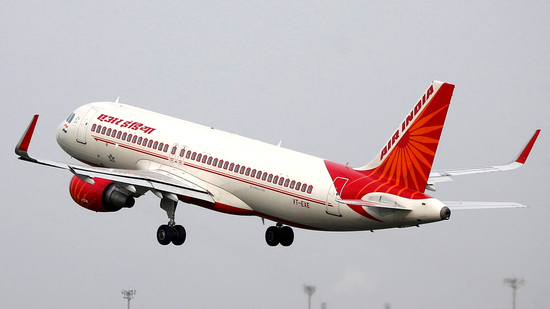Have you ever settled into your seat on an airplane, feeling that familiar mix of excitement and anticipation, perhaps a little nervous flutter as the engines hum to life? Most of us trust the pilots and the incredible machines we’re flying in, without truly grasping the immense complexity that keeps us safely in the sky. But what happens when one of those highly sophisticated systems decides to act on its own? It’s a question that recently came to the forefront following an incident involving an Air India Express flight, raising crucial points about technology, human control, and the relentless pursuit of aviation safety.
A Routine Flight, An Unexpected Glitch
Imagine the scene: it’s June 2, 2024. Air India Express flight IX-612, a Boeing 737, is preparing for its journey from Ahmedabad to Dubai. Everything seems normal, passengers are buckled in, and the aircraft is taxiing to the runway, ready for takeoff. But just as the pilots are going through their final checks, a critical alert flashes in the cockpit. The ‘Engine 2 Master switch’ for one of the powerful engines suddenly trips. This isn’t just a minor warning light; it’s a significant control system for the engine.
The pilots, trained for every eventuality, immediately react. They follow procedure, shutting down the engine and safely bringing the aircraft back to the parking bay. Passengers are deplaned, and another aircraft is arranged to continue their journey. On the surface, it might seem like a simple technical snag, an inconvenient delay. But for aviation safety experts, this incident triggered a much deeper investigation, one that delves into the very core of how aircraft systems are designed to interact with human command.
The Alarming Detail: “Without Pilot Command”
This is where the incident goes from a routine technical issue to a serious safety concern. An Engine Master switch is like the main power button for an engine. Pilots use it to start, shut down, or arm the engine for operation. It’s a fundamental control, always meant to be under the direct command of the flight crew. The alarming part of this particular incident was that the switch tripped – it went to the ‘off’ position – entirely on its own, “without pilot command,” as the official report highlighted.
Think of it this way: imagine you’re driving your car, and suddenly, the engine just switches off, not because you turned the key, but because the car decided to do it on its own. While a car on the ground is one thing, an aircraft is another. In the air, especially during critical phases like takeoff or landing, an uncommanded engine shutdown could have severe consequences. Pilots need absolute, unquestionable control over their aircraft’s vital systems. Any deviation from this, where a system acts independently, raises a red flag.
The Guardians of Safety: DGCA Steps In
When such an incident occurs, it’s not just the airline that investigates. India’s aviation watchdog, the Directorate General of Civil Aviation (DGCA), immediately takes charge. Their role is paramount: to ensure the safety of air travel for everyone. In this case, the DGCA ordered a thorough probe into the Air India Express incident. They aren’t just looking for a simple fault; they’re trying to understand the ‘why’ behind the switch tripping on its own.
The investigation is multifaceted. It involves scrutinizing maintenance records, examining the aircraft’s software logs, testing the specific components involved, and interviewing the flight crew. Was it a software glitch? A momentary electrical surge? A faulty physical switch? Or something even more complex related to the aircraft’s interconnected systems? Pinpointing the exact cause is crucial, not just for this specific aircraft, but for the entire fleet of Boeing 737s and potentially other aircraft models that share similar system architecture. The findings from such investigations often lead to updated maintenance procedures, software patches, or even hardware redesigns to prevent similar occurrences globally.
Pilots and Automation: A Delicate Dance
Modern aircraft are marvels of automation. Autopilots can fly planes with incredible precision, and onboard computers manage countless systems, reducing pilot workload and enhancing efficiency. However, this automation is always designed to be subservient to human command. As one airline captain highlighted, pilots must have “absolute control” over vital functions. They must be able to “kill” any system if needed, and conversely, no system should “kill” itself without their explicit instruction.
This incident reignites a long-standing discussion in aviation: the delicate balance between automation and human intervention. While automation significantly enhances safety by eliminating human error in repetitive tasks, it also introduces new challenges. Pilots need to remain proficient in manual flying and system override procedures. More importantly, the systems themselves must be designed with clear, predictable behavior, always deferring to the pilot’s command in critical situations. An uncommanded action like a master switch tripping can erode pilot trust in the very systems designed to assist them, adding undue stress to an already demanding job.
Lessons Learned: Fueling Future Safety
Every incident, no matter how minor it might seem to an untrained eye, serves as a crucial learning opportunity in aviation. The history of flight safety is essentially a continuous improvement process, with each new regulation, design change, or procedural update often being a direct response to a past incident. This meticulous approach is why air travel is statistically one of the safest forms of transportation in the world.
The Air India Express incident, though it caused no harm to passengers or crew, is a powerful reminder that vigilance is constant. The DGCA’s thorough investigation will not only identify the root cause but also potentially lead to recommendations that enhance the safety protocols for Boeing 737 aircraft globally. Manufacturers like Boeing constantly monitor these investigations, using the insights to refine their designs, software, and operational guidelines. It’s a testament to the industry’s commitment to never becoming complacent, always striving for perfection in a realm where even tiny errors can have enormous consequences.
Flying Forward, With Confidence
While an incident like this might spark momentary concern, it ultimately reinforces the robustness of the aviation safety ecosystem. The layers of checks, balances, and investigative processes are precisely what make flying so safe. From the highly trained pilots who make split-second decisions to the dedicated engineers who design and maintain aircraft, and the vigilant regulatory bodies that oversee it all, countless professionals work tirelessly to ensure your journey is smooth and secure.
So, the next time you board a flight, remember that behind the scenes, there’s an ongoing, unwavering commitment to your safety. Every technical glitch, every unexpected anomaly, is rigorously examined and addressed, making our skies safer with each passing day. It’s this dedication to continuous improvement, even from seemingly minor incidents, that truly defines the aviation industry.









